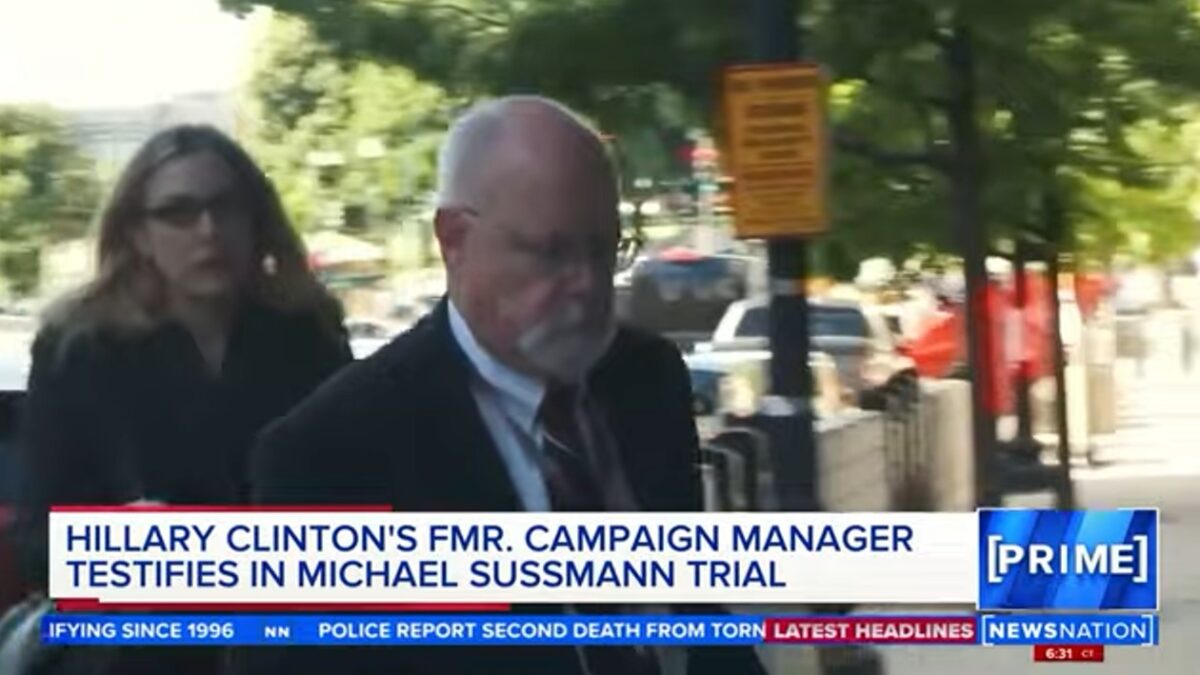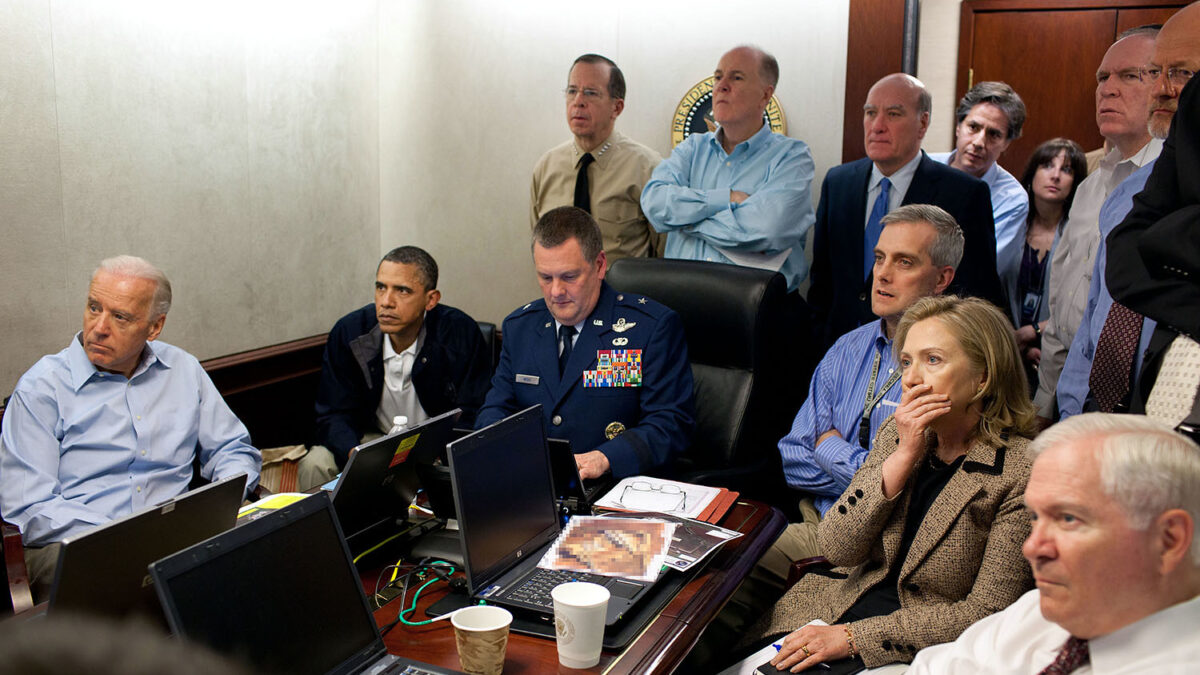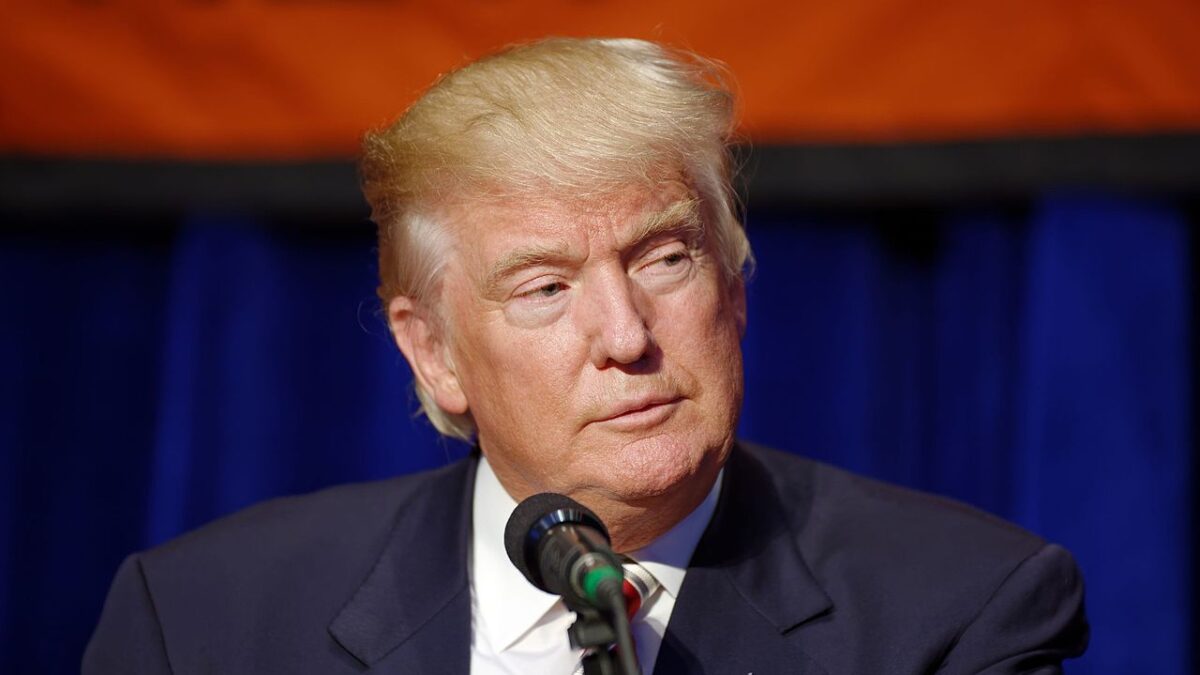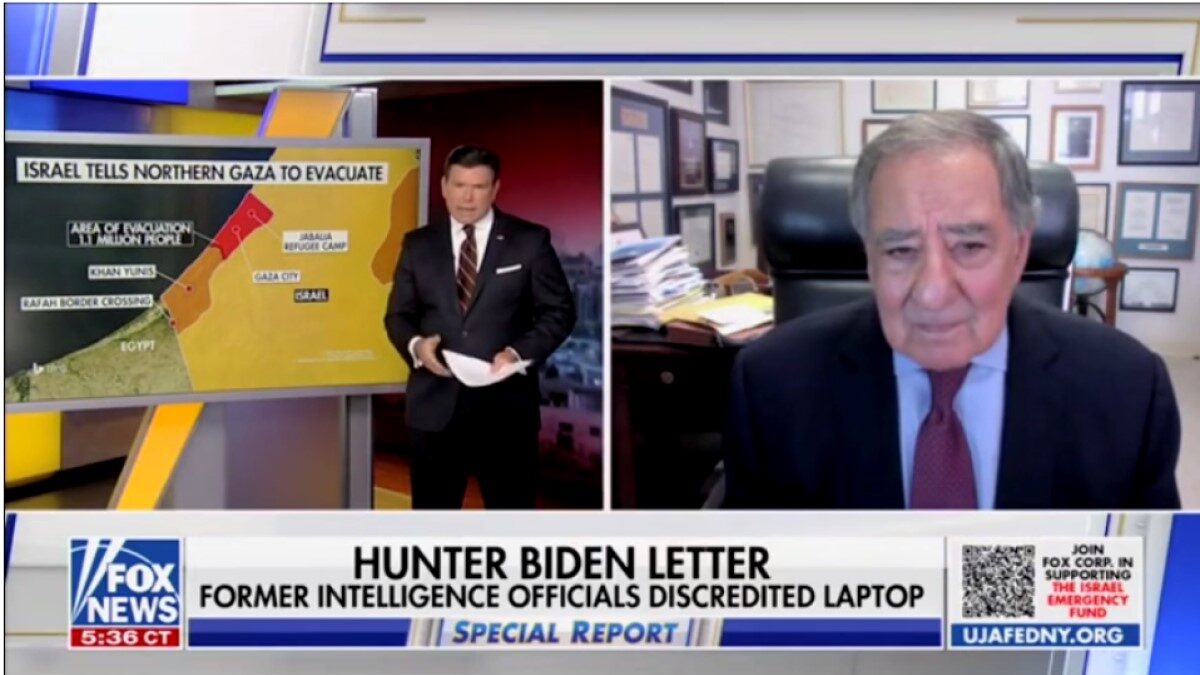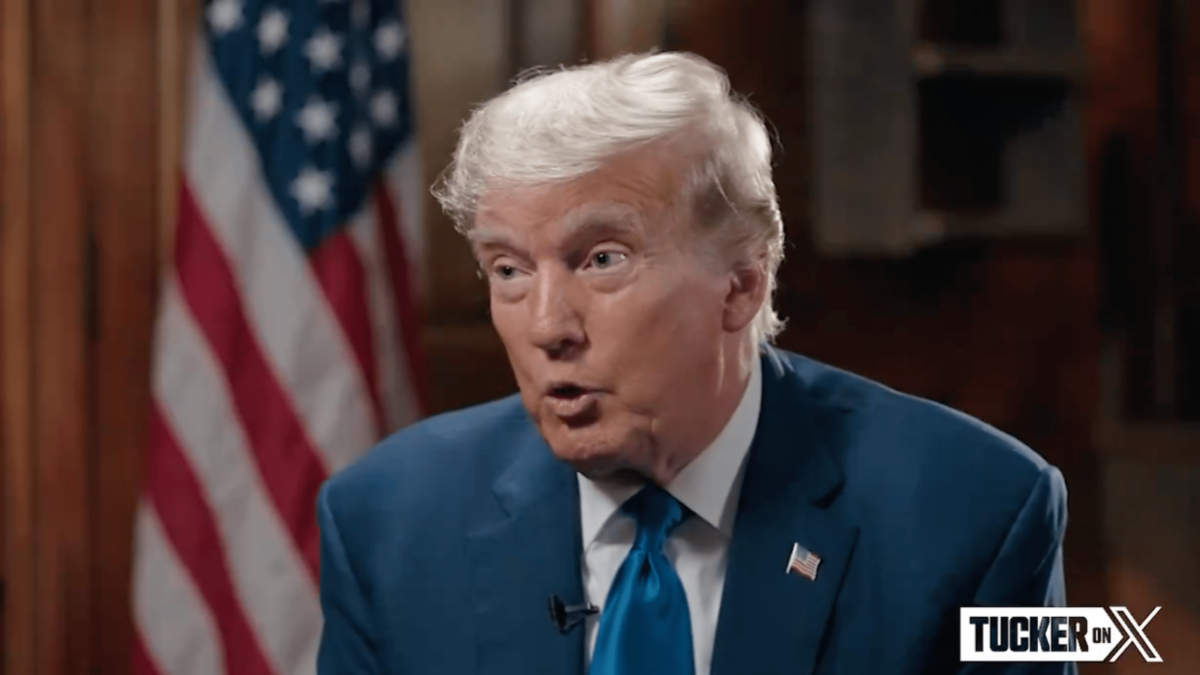Tech executive Rodney Joffe fed the Alfa Bank hoax to the FBI via two distinct routes, testimony from yesterday’s proceedings in the Michael Sussmann criminal case indicates. This apparent circular reporting further cements Special Counsel John Durham’s Section 1001 false statement case against Sussmann by highlighting the significance of Sussmann’s alleged lie to former FBI General Counsel James Baker.
Sussmann, who is in the middle of week two of his trial in a D.C. federal court, was charged last fall in a one-count indictment with lying to Baker when he provided Baker two flash drives and several “white papers” purporting to establish the existence of a secret communication network between the Russian-based Alfa Bank and the Trump Organization.
According to prosecutors, Sussmann lied to Baker when he claimed during their September 19, 2016, meeting that he was presenting this information to help the FBI and not on behalf of any client. In truth, though, the government maintains that Sussmann represented both the Clinton campaign and Joffe when he met with Baker and provided the supposed Alfa Bank intel.
Prosecutors working for the special counsel’s office closed their case-in-chief earlier this week, after presenting about a dozen witnesses. Those included Baker, who testified that he was “100 percent confident” that Sussmann had claimed during their September 19, 2016, meeting that he was not there “on behalf of any particular client.”
Bill Priestap, who in September 2016 served as the assistant director of the FBI’s Counterintelligence Division, and Trisha Anderson, the FBI’s then-deputy general counsel, also testified. They confirmed notes they took at the time that memorialized Baker’s statements to them that Sussmann had claimed he was not coming to the FBI on behalf of any client.
Baker also testified that because Sussmann had claimed to be coming on his own behalf, Baker treated Sussmann as a confidential source and kept Sussmann’s identity secret from other agents. As a result, agents investigating the supposed Trump-Alfa Bank network were kept in the dark concerning Sussmann’s role in bringing the data to the FBI. Consequentially, agents were also left unaware of Joffe’s role in procuring the data and whitepapers.
In addition to claiming the Hillary Clinton campaign would not have wanted Sussmann to pass the Alfa Bank information to the FBI, Sussmann’s legal team also challenged the prosecution’s case by arguing that Joffe had no reason to use Sussmann to share the Alfa Bank information with the FBI. They said that was because at the time of Sussmann’s meeting with Baker, Joffe was a confidential human source, or a “CHS,” for the FBI.
Questioning last week by Sussmann’s lawyers further indicated that in September 2016, when Sussmann was allegedly meeting with Baker on behalf of Joffe, Joffe had presented FBI Special Agent Tom Grasso a copy of the Alfa Bank whitepaper, under the presumption that Grasso served as Joffe’s handler. Those questions seemingly served to counter the prosecutor’s claims that Joffe used Sussmann to sidestep his handler.
However, yesterday when the defense called Grasso to testify on behalf of Sussmann, Grasso revealed that he was not Joffe’s handler. Rather, Grasso, who knew Joffe was a CHS, had a long working relationship with Joffe and believed Joffe had provided credible information in the past.
With their questioning of Grasso, Sussmann’s legal team attempted to bolster their argument that Sussmann was rightly concerned with the “intel” Joffe shared and thus gave it to Baker out of a concern for national security. But the plan backfired when on cross-examination Grasso revealed several facts damaging to Sussmann’s defense and supportive of the prosecution’s legal theory of “a look, a leak, and a lie.”
First, Grasso testified that “in early October 2016,” the tech executive had “called Agent Grasso and provided some information on the purported ties between the Alfa Bank/Trump Organization. Joffe further informed Agent Grasso that there was an ongoing investigation on this matter – something Agent Grasso had been unaware of up until that point.”
That testimony proves significant because it shows that within two weeks of Sussmann meeting with Baker, Joffe knew the FBI had launched an investigation into the Alfa Bank “intel,” even though FBI agents testified that they were holding the investigation “close.” The only logical explanation for Joffe’s knowledge is that he knew of the Alfa Bank investigation because Sussmann apprised his client that he had given the data to the FBI.
Grasso also testified that “Joffe specifically asked [Grasso] not to disclose his identity to other people in the Bureau.” According to Grasso, Joffe claimed he wanted to stay anonymous because “this is very sensitive information. People’s safety could be at risk.” Because of that request, Grasso did not contact Joffe’s handler to inform him that Joffe had provided Grasso supposed intel—something Grasso testified he had done in the past when Joffe gave him information.
Joffe’s demand for anonymity with Grasso parallels the tech executive’s alleged use of Sussmann to take his anonymous tip of the Alfa Bank hoax first to the FBI and then later to the CIA. It also further refutes Sussmann’s argument that Joffe had nothing to gain by having Sussmann go to the FBI with the tip on his behalf: Clearly, Joffe had a motive for having others provide the Alfa Bank information to the FBI without it being connected to him, because he used his connection with Grasso to repeat the process, when Joffe could have instead provided the information directly to his handler.
As requested, Grasso passed the Alfa Bank “tip” on to the agents working the case in Chicago, without informing them of Joffe’s involvement in providing the data. From Chicago’s perspective, then, the FBI had received two separate reports of data supposedly connecting Alfa Bank and the Trump organization. It appeared as though Agent Grasso, who was out of Pittsburgh, was working with one source and the FBI in D.C. was obtaining intel from an apparent second source, when in fact, Joffe served as the source in both cases.
During his cross-examination of Grasso, lead prosecutor Andrew DeFilippis introduced this theory to the jury when he asked Grasso “whether he knows what circular reporting is and whether he has ever encountered someone planting information with two different parts of the FBI so it looks corroborating.” While Grasso responded that he had “never encountered that,” the special counsel is sure to stress in its closing argument that the evidence suggests that is precisely what happened here. That is why it was imperative that Sussmann lie to Baker—so that his client Joffe could feed the Alfa Bank theory to other parts of the FBI and thereby bolster the theory of Russia collusion.
If this all sounds strangely familiar, it is. Christopher Steele followed the same tack when, on the condition of anonymity, he provided Yahoo! News the same “intel” contained in the dossier that he handed to the FBI. The FBI would then rely on the Yahoo! News reporting to seemingly confirm the Steele dossier when the DOJ submitted FISA applications to surveil Carter Page.
To date, it appears that Steele will be getting off Scot-free for this ploy. Whether Sussmann will also will be up to the jury, which will likely receive the case for deliberation early next week.
